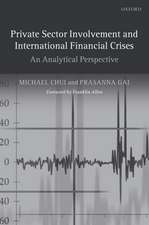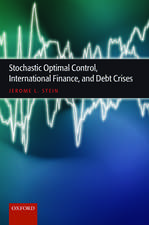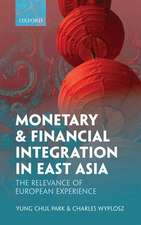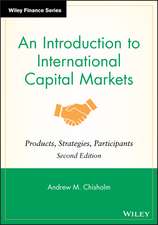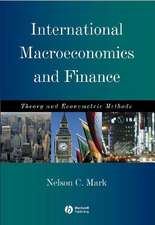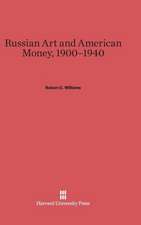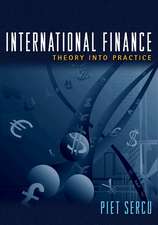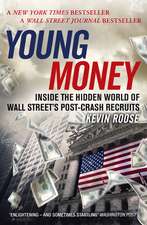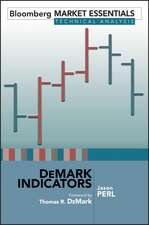Global Capital Markets: Integration, Crisis, and Growth: Japan-US Center UFJ Bank Monographs on International Financial Markets
Autor Maurice Obstfeld, Alan M. Tayloren Limba Engleză Paperback – 4 sep 2005
| Toate formatele și edițiile | Preț | Express |
|---|---|---|
| Paperback (1) | 259.15 lei 6-8 săpt. | |
| Cambridge University Press – 4 sep 2005 | 259.15 lei 6-8 săpt. | |
| Hardback (1) | 624.37 lei 6-8 săpt. | |
| Cambridge University Press – 18 feb 2004 | 624.37 lei 6-8 săpt. |
Din seria Japan-US Center UFJ Bank Monographs on International Financial Markets
- 11%
 Preț: 498.38 lei
Preț: 498.38 lei -
 Preț: 280.74 lei
Preț: 280.74 lei -
 Preț: 257.05 lei
Preț: 257.05 lei -
 Preț: 307.73 lei
Preț: 307.73 lei -
 Preț: 442.31 lei
Preț: 442.31 lei -
 Preț: 364.84 lei
Preț: 364.84 lei -
 Preț: 286.13 lei
Preț: 286.13 lei
Preț: 259.15 lei
Nou
49.60€ • 51.59$ • 40.94£
Carte tipărită la comandă
Livrare economică 15-29 aprilie
Specificații
ISBN-10: 0521671795
Pagini: 374
Ilustrații: 1
Dimensiuni: 155 x 227 x 18 mm
Greutate: 0.5 kg
Editura: Cambridge University Press
Colecția Cambridge University Press
Seria Japan-US Center UFJ Bank Monographs on International Financial Markets
Locul publicării:New York, United States
Cuprins
Recenzii
"Maurice Obstfeld and Alan Taylor have written a wonderful book that raises the academic bar...it is a coherent and comprehensive assessment covering all the issues...In short, there is no book out there to challenge the GCM and it should remain the market leader for some time to come."
Jeffrey G. Williamson, Journal of Economic Literature
Descriere
This book presents an economic survey of international capital mobility from the late nineteenth century to the present. The authors examine the theory and empirical evidence surrounding the fall and rise of integration in the world market. A discussion of institutional developments focuses on capital controls and the pursuit of macroeconomic policy objectives in shifting monetary regimes.
The Great Depression emerges as the key turning point in recent history of international capital markets, and offers important insights for contemporary policy debates. Its principal legacy is that the return to a world of global capital is marked by great unevenness in outcomes regarding both risks and rewards of capital market integration. More than in the past, foreign investment flows largely from rich countries to other rich countries.
Yet most financial crises afflict developing countries, with costs for everyone.


